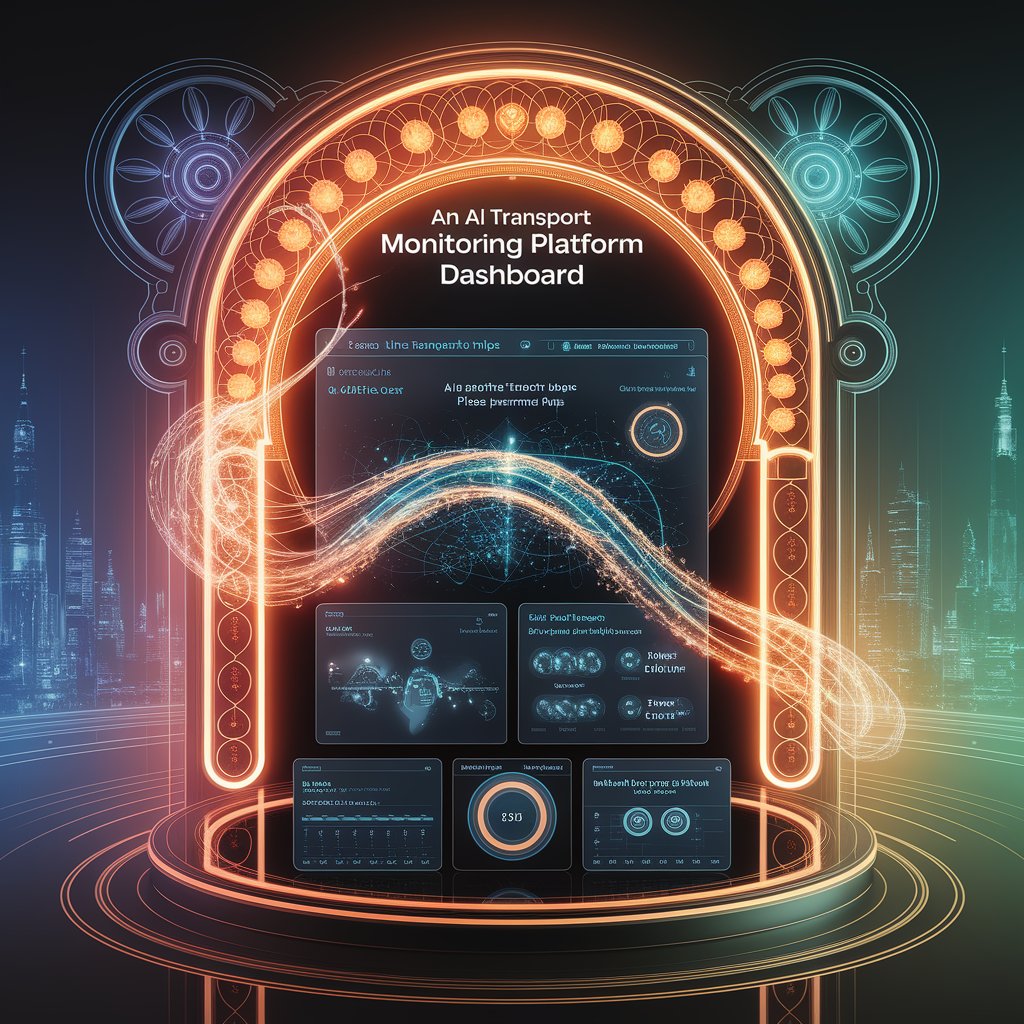How AI Transport Monitoring Platforms Work with Linbis

Introduction
With AI transport monitoring platforms, Linbis enables logistics providers to move from passive tracking to active risk management. AI analyzes transport data, predicts issues, and automates alerts—helping companies reduce costs and improve service reliability.
Step 1: Connect Transport Data
Linbis consolidates transport information from:
- Carrier APIs → live shipment status.
- GPS & IoT sensors → vehicle location, temperature, fuel.
- Traffic & weather feeds → real-time external data.
- TMS records → planned routes, ETAs, and delivery commitments.
Step 2: Apply AI Predictive Models
AI in Linbis detects and forecasts:
- Potential delays → traffic congestion, port bottlenecks.
- Fuel inefficiency → excessive idling or poor routes.
- Compliance risks → driver hours-of-service violations.
- Maintenance needs → predictive alerts from sensor data.

Step 3: Automate Alerts and Workflows
- If a delay is predicted → Customer notified automatically.
- If a vehicle shows risk → Alert sent to operations team.
- If compliance risk detected → Escalate to safety manager.
- All events logged for audit and reporting.
Step 4: Visualize in AI Dashboards
Managers gain real-time visibility through dashboards:
- Live transport maps with AI-generated ETAs.
- Risk heat maps for global shipments.
- Carrier and fleet performance scorecards.
- Automated KPI tracking for transport efficiency.
Step 5: Optimize Continuously
- AI learns from historical trips to improve predictions.
- System adjusts alerts dynamically for accuracy.
- Companies gain smarter, proactive control over transport operations.
- AI learns from historical trips to improve predictions.

Advanced Features
- Multi-modal coverage → Truck, ocean, air, and rail.
- Scenario simulation → “What if” analysis for route planning.
- Carbon tracking → Monitor emissions and sustainability KPIs.
- Integration → Works with ERP, WMS, and customer portals.
Real-World Example 🚛
A logistics provider in Atlanta implemented AI transport monitoring with Linbis. After 4 months:
- Reduced delivery delays by 25%.
- Cut fuel costs by 10% with smarter routing.
- Improved compliance accuracy by 95%.

Benefits 📈
- Visibility: Real-time transport monitoring across all modes.
- Risk Management: Predict issues before they disrupt operations.
- Cost Savings: Reduce fuel and penalty costs.
- Efficiency: Automate alerts, reduce manual monitoring.
- Customer Trust: Proactive updates improve transparency.

Conclusion
With AI transport monitoring platforms, Linbis turns transport visibility into a competitive advantage. By combining real-time data, predictive analytics, and automated workflows, companies achieve faster responses, lower costs, and more reliable logistics operations.
